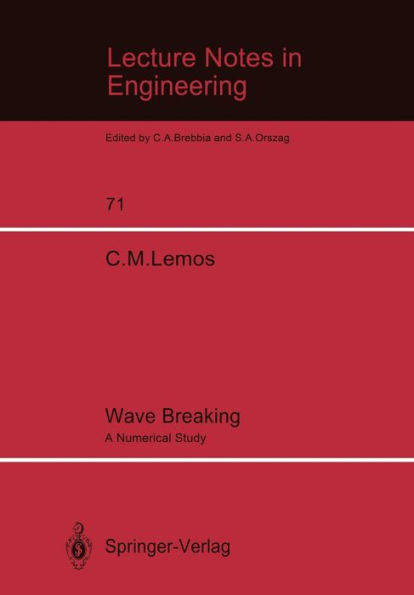5
1

Wave Breaking: A Numerical Study
196
Wave Breaking: A Numerical Study
196Paperback(Softcover reprint of the original 1st ed. 1992)
$109.99
109.99
In Stock

Product Details
| ISBN-13: | 9783540549420 |
|---|---|
| Publisher: | Springer Berlin Heidelberg |
| Publication date: | 02/21/1992 |
| Series: | Lecture Notes in Engineering , #71 |
| Edition description: | Softcover reprint of the original 1st ed. 1992 |
| Pages: | 196 |
| Product dimensions: | 6.69(w) x 9.53(h) x 0.02(d) |
From the B&N Reads Blog
